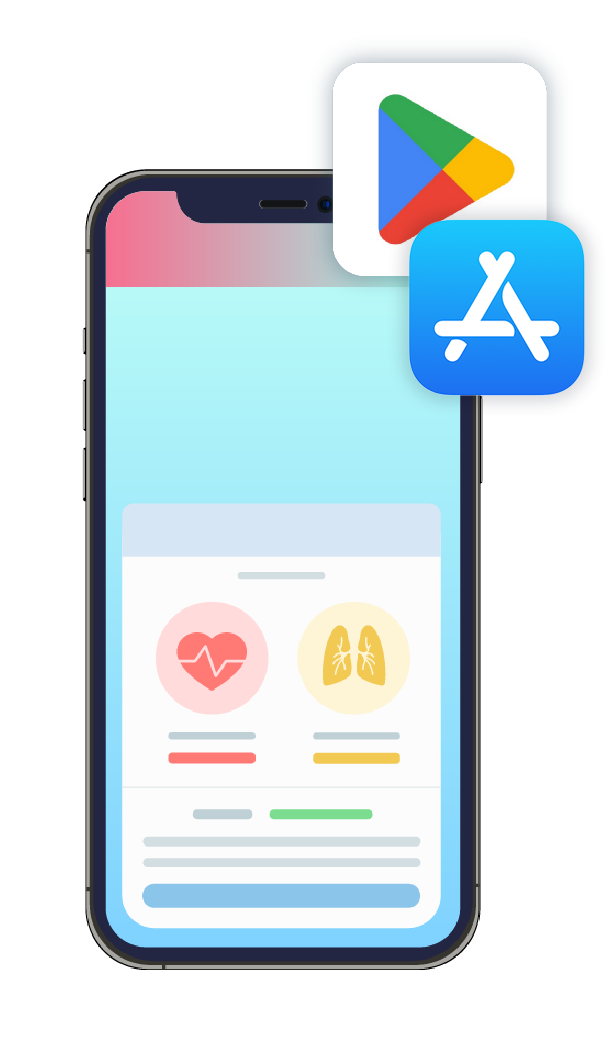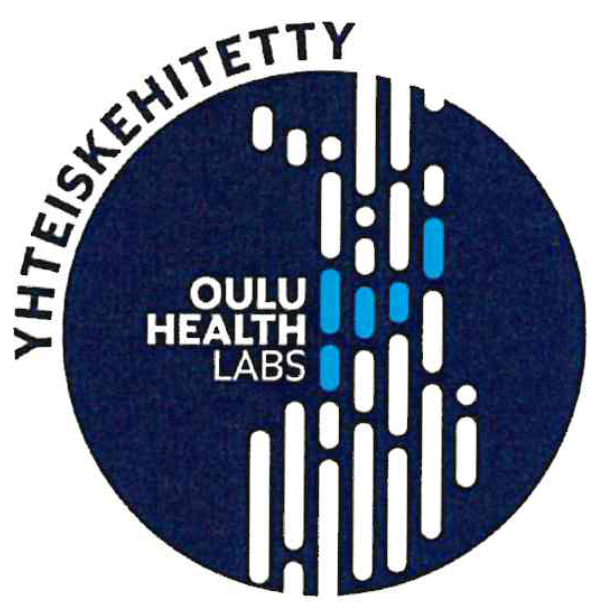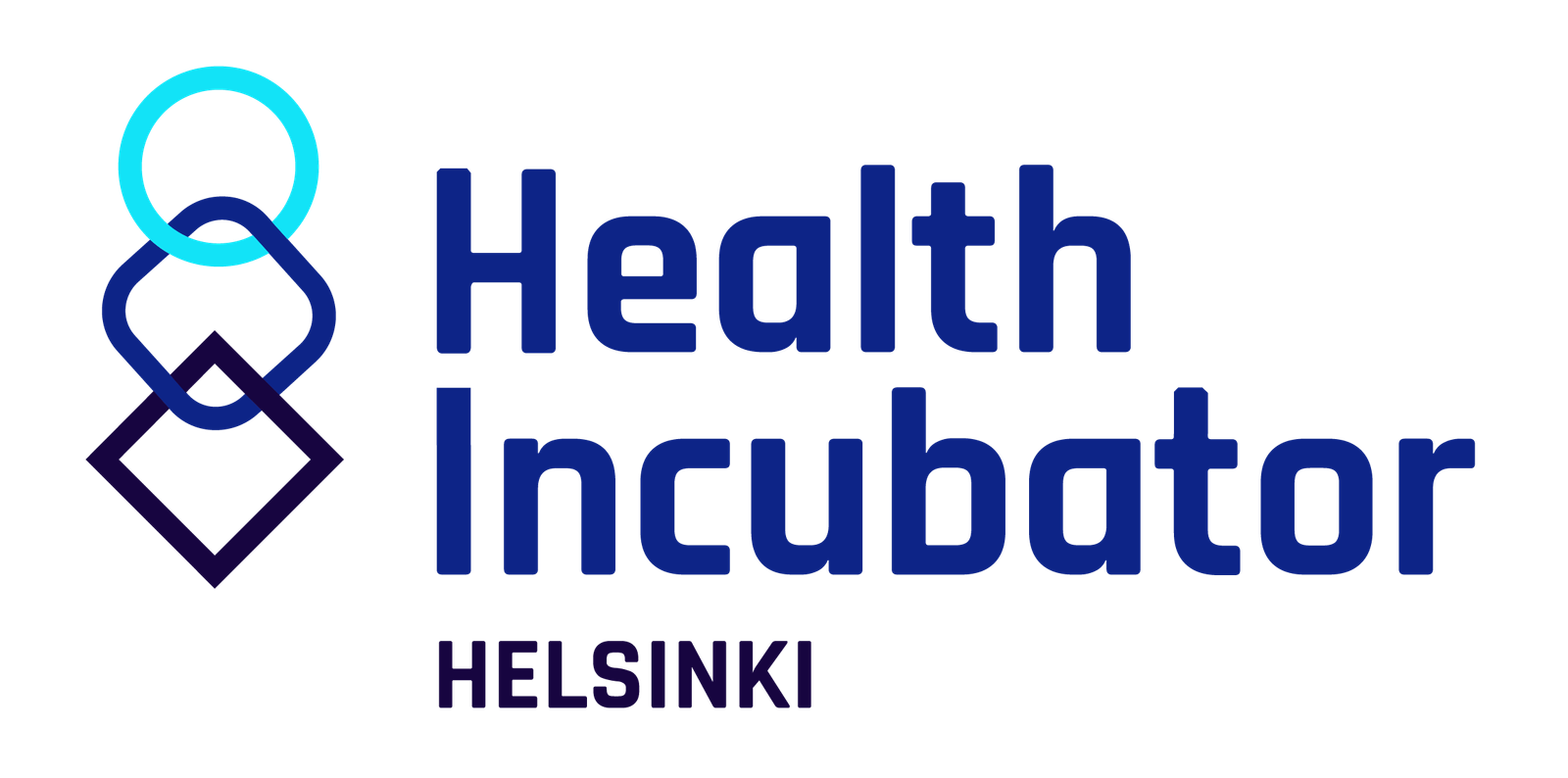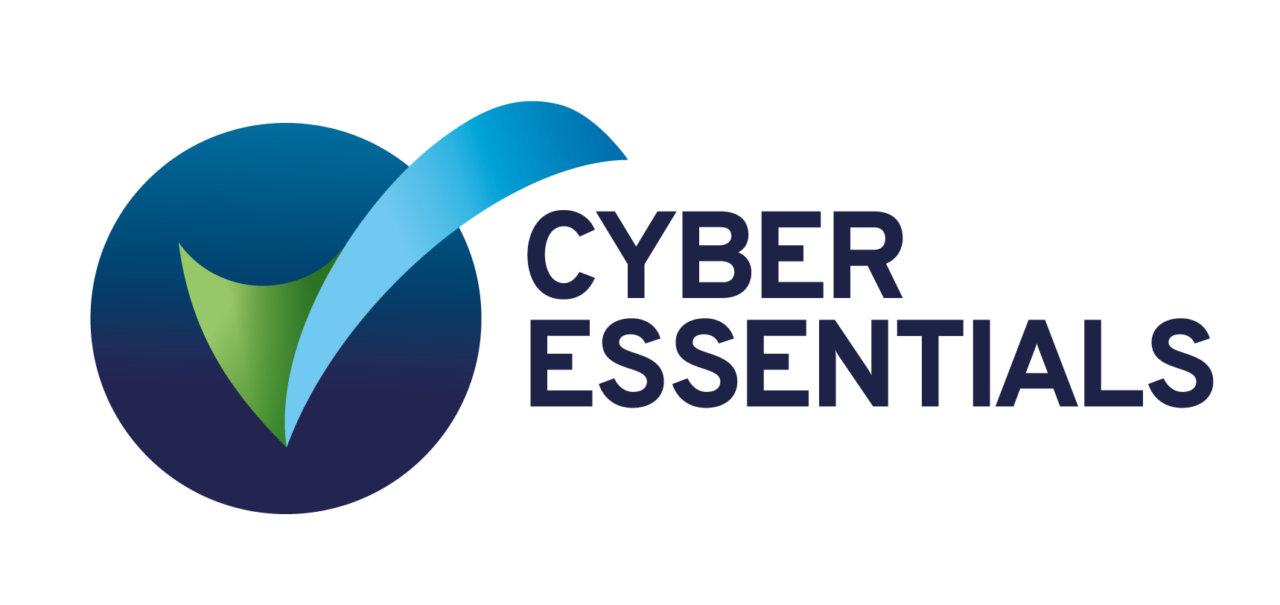Measure vital physiological changes with computer vision
The measurement of vital physiological signs is a fundamental task to inform clinical decision-making. Numerous medical devices have been invented to perform this task, while many fitness and wellness devices, such as smart watches, have also entered the consumer market in recent years.
Despite incredible advances in technology, outside of critical care respiratory monitoring is still mostly done manually by counting chest movements over a minute or less with a stopwatch.
A camera and software can count breaths in a similar way to humans. As the chest expands and vibrates during breathing, computer vision algorithms can automatically map out landmarks on the chest and track their movement, from which
a respiratory waveform is generated. This waveform is then used to calculate the respiratory rate.


A pulse signal can be extracted from a digital camera in a similar way as reflective pulse oximeters do, but with the advantage of not requiring specialized equipment or physical contact with a patient. As pulsatile blood flows into the face, small changes in the face colour, undetectable to the human eye, can be detected in a video signal. The rate at which these changes occur gives us the pulse.
This technique is known as remote photoplethysmography. In 2008, Wim Verkruysse and his colleagues published the seminal paper ‘Remote plethysmographic imaging using ambient light’ with promising results in lab conditions. ‘R-PPG’ can be used to indirectly measure respiratory rate but is less accurate than motion analysis.
In real-world use, many adjustments need to be made. For example, people don’t sit still or face in the same direction continuously. It’s natural to move and look away during conversation so we needed to add tolerance for this. Lighting varies in different settings, and some lights have stronger blue colours than red, or vice-versa. Skin colours absorb and reflect light differently, and so a wide variety of test subjects are required
.
R-PPG allows us to measure Heart Rate Variability (HRV), based on the inter-beat intervals detected. HRV is a wellness feature, which includes two metrics that both measure the beat-to-beat variance in your heart rate. The RMSSD or root mean square of successive interval differences, indicates the responsiveness of internal organ activity to stress or stimuli. The SDNN or standard deviation of the inter-beat intervals is similar but removes false or abnormal beats, and so is less sensitive to activity.
The heart rhythm feature tells if the heartbeat during the 30 second recording was regular based on the statistical measures obtained, including the unpredictability of the inter-beat interval time series. It is similar to taking a pulse from the wrist to see if the heart beat is regular or irregular.
Vitacam PC application
Vitacam Triage PC application utilizes a webcam live stream to produce continuous vital signs measurements. The system detects humans faces who enter the camera view and proceeds to measure them automatically. Updated respiratory rate
and heart rate measurements are provided every 15 seconds for as long as the patient stays in the camera view. Over the course of the first 5 minutes, an updating heart rhythm analysis is also provided.
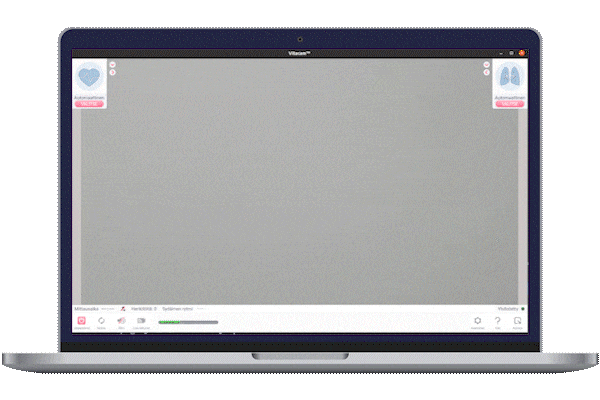

Vitacam mobile suite of applications
Vitacam mobile applications utilize the built-in smartphone camera to provide portable measurements from a 30-second video clip. The recorded video is optimized for data transfer and sent to cloud for processing. Once results have been extracted, the video is destroyed and the results are returned to the app for easy viewing.
The apps provide instructions on proper positioning and setup, making the solution suitable for both professional and at-home use alike.
How it works
A software-based measuring device can run on any hardware with enough processing power and a high enough quality digital camera.
MEASURE
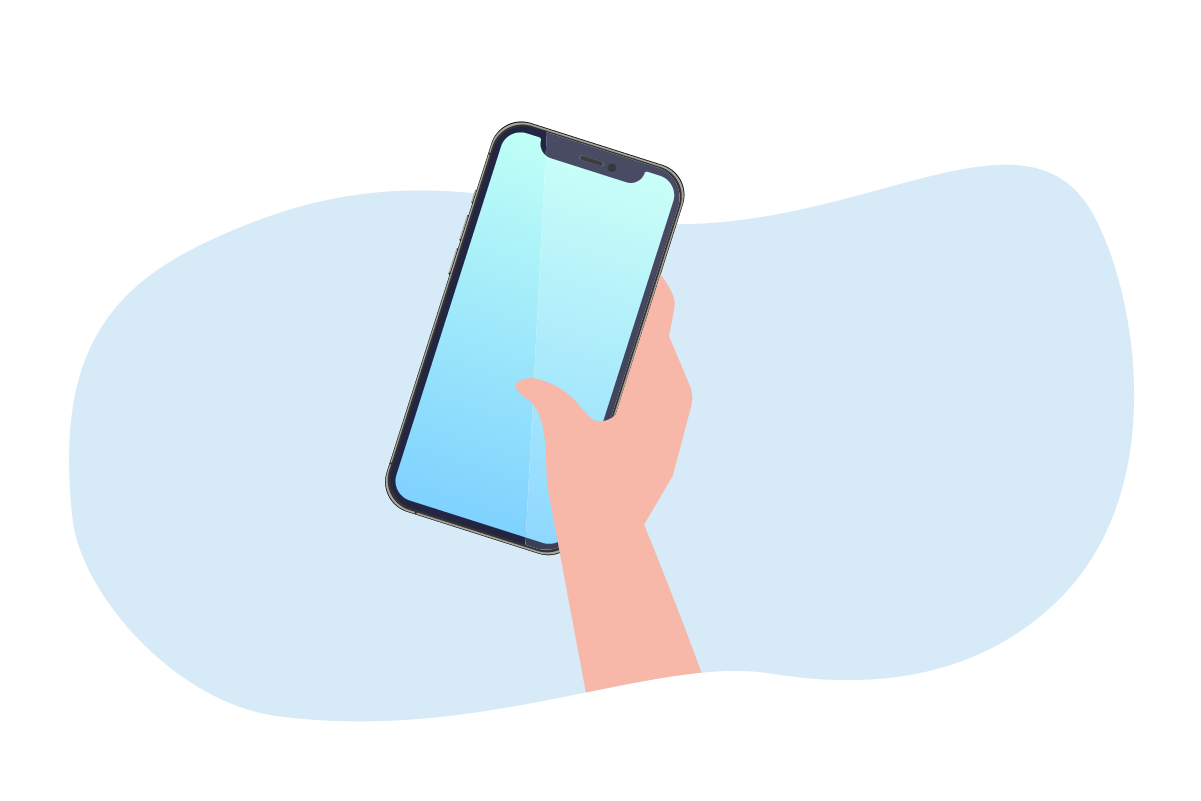
Smartphones and tablets
Vitacam mobile applications can be run on most modern smartphones running Android 8 and iOS 14 or above with an embedded camera module. The technology can operate on relatively low-resolution cameras down to approximately 0.7 MP but does require performance for processing. Entry-level devices running Android Go edition are not supported.
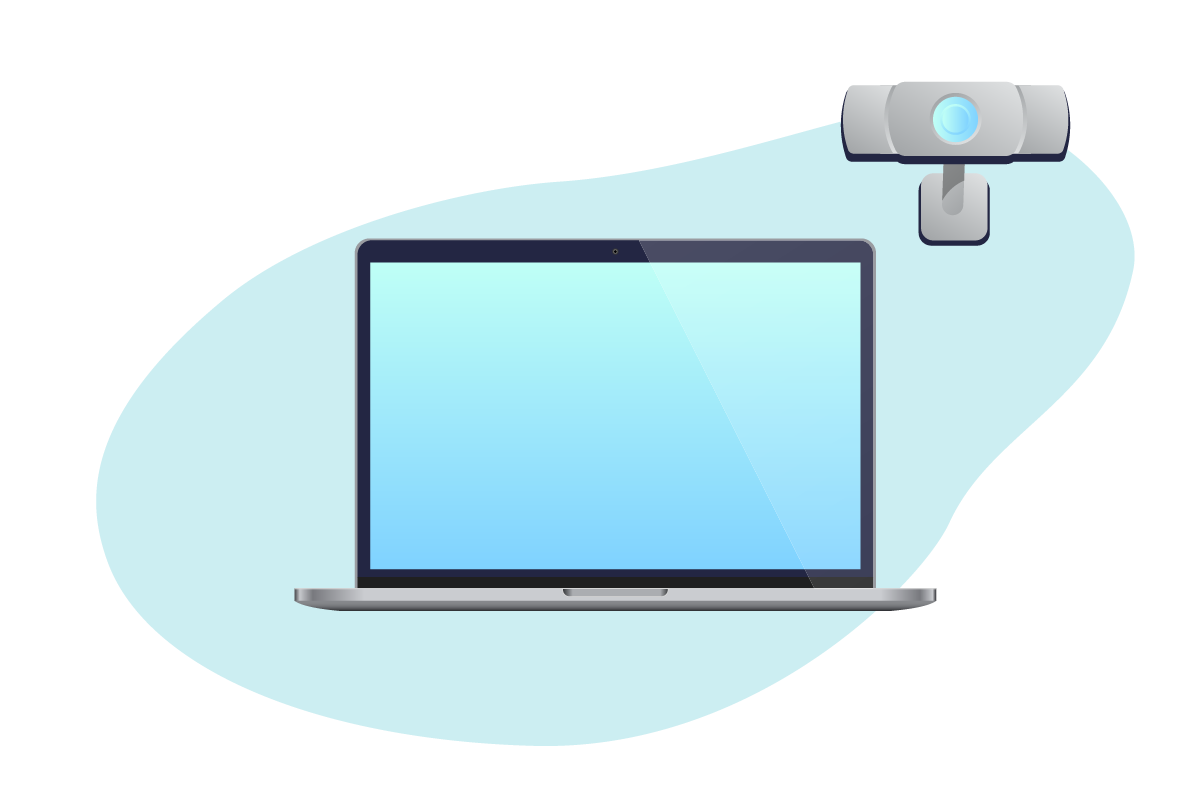
Webcams
Vitacam PC application operates on commercially available webcams and does not require any specialized hardware. Best performance is reached with 4K webcams placed no further than 2 meters from the patient. Full HD webcams can also be used, given the patient position is optimized for the setup. Vitacam is clinically validated on a Logitech Brio.
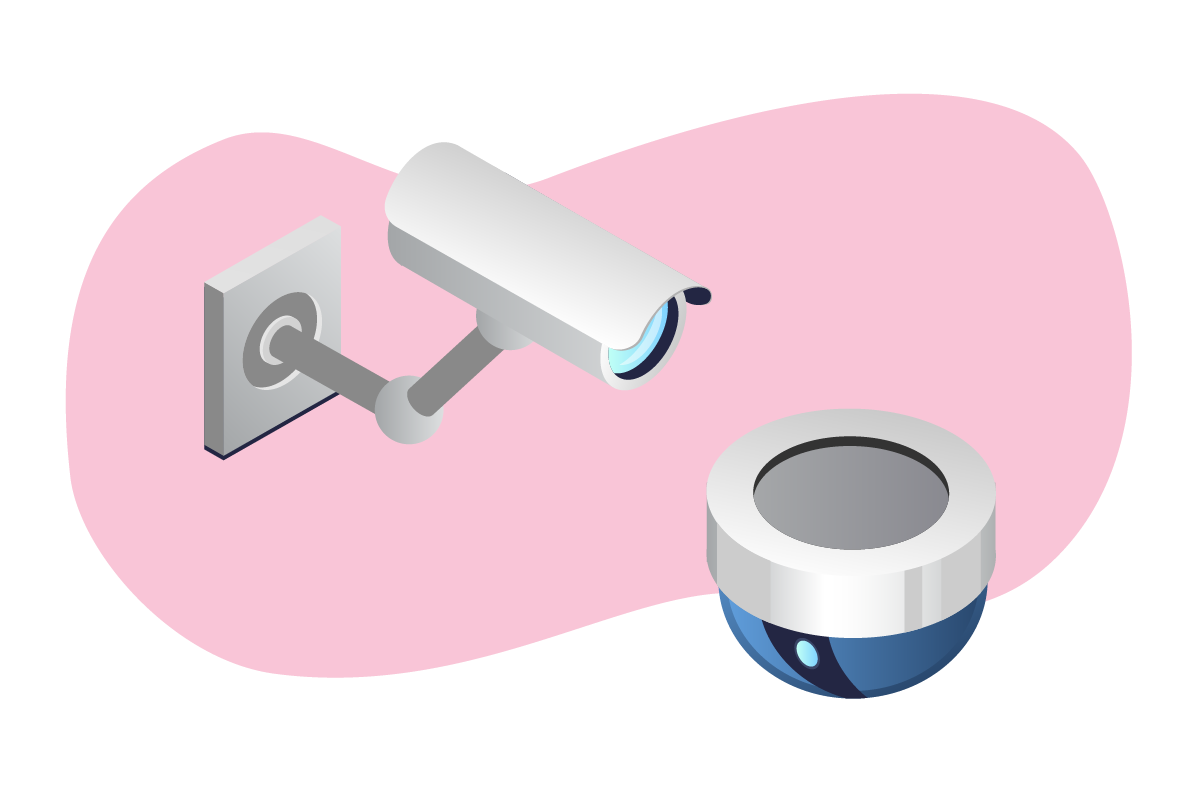
Other cameras
As of now, Vitacam family of applications has primarily been developed for mobile device cameras and webcams. However, there are many other types of digital cameras out there in the world being used for surveillance, recreation and more. At this time many of these options are yet to be explored. If you are interested in finding out if our solution works on a particular setup, we’re happy to discuss and find out together.
PROCESS
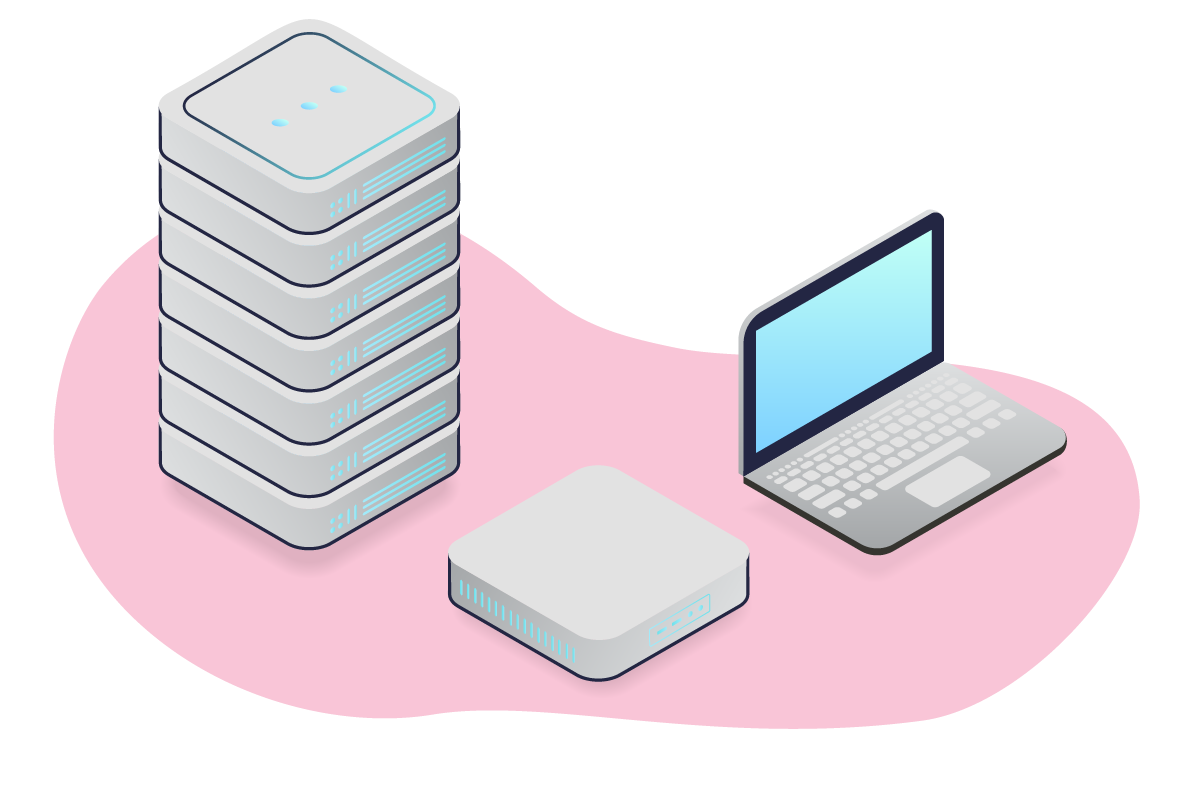
Processing locally
Vitacam can be installed as a part of a facility’s own IT infrastructure by processing the video material on the facility’s own servers. In addition, Vitacam PC application can also be run using a designated desktop or mini PC, or
a laptop for a portable, standalone solution. Video clips recorded on Vtacam mobile apps can also be processed on local servers behind firewalls, if required to comply with local legistlation.
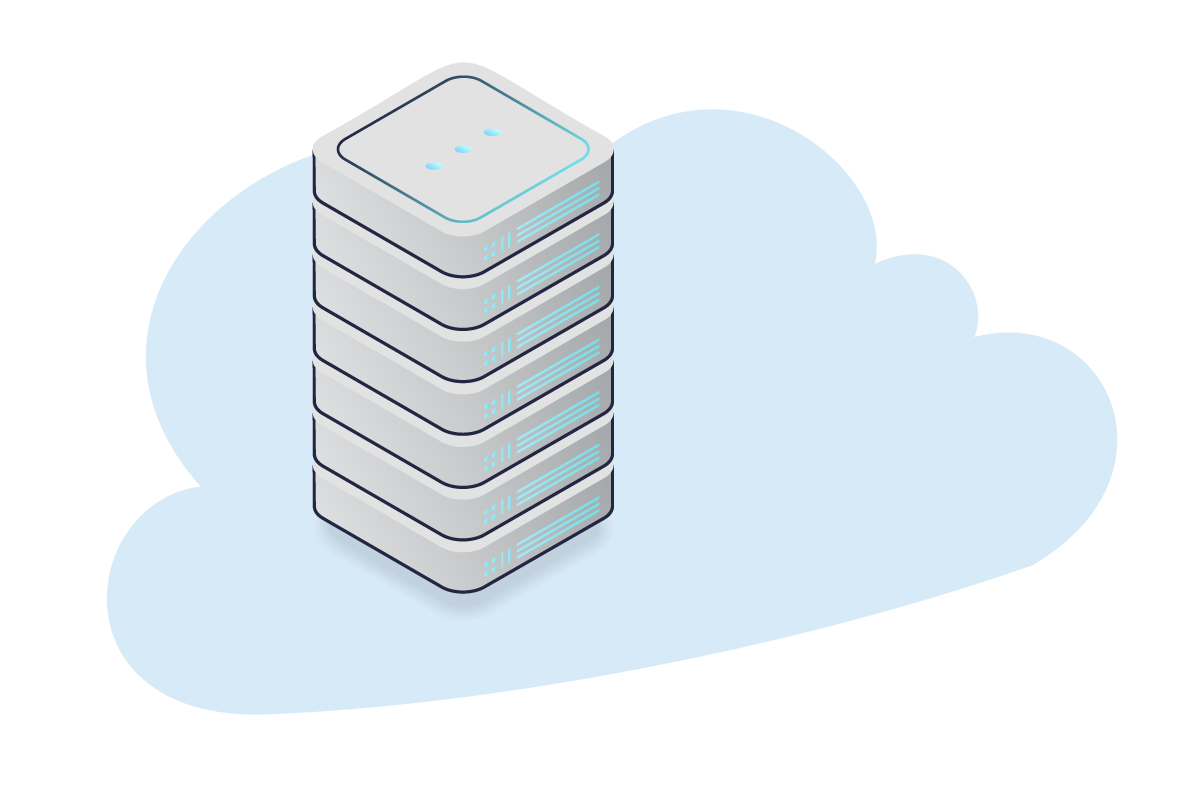
Processing in the cloud
Video clips recorded on the Vitacam mobile apps can be processed on commercially available GDPR-compliant cloud services, for speed and scalability. Video clips are never retained either on the smartphone or in the cloud and are automatically
deleted immediately after processing. The cloud server can be located in-country with any preferred provider, as required. The video clips are optimized for both performance and file size, to minimize connectivity costs. No personal
data is transferred to or stored on any 3rd party or our own servers. Vitacam development team only tracks anonymised usage statistics.
DISPLAY
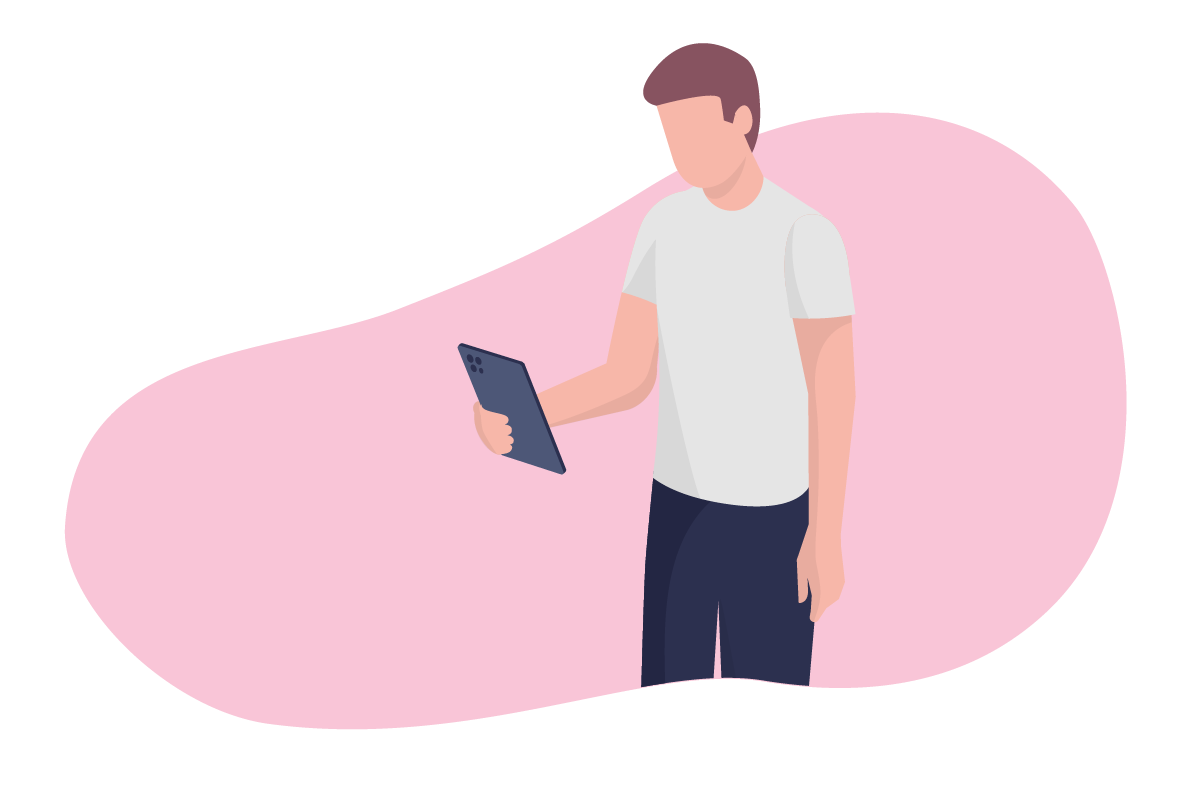
On the mobile application
Processed measurements derived from smartphone-recorded video clips are returned to the application for viewing. Results can be displayed in a simple numerical format, or they can be connected to a patient registered in the system, enabling the calculation of a total warning score of all measured vital parameters, as well as the tracking of health trends.
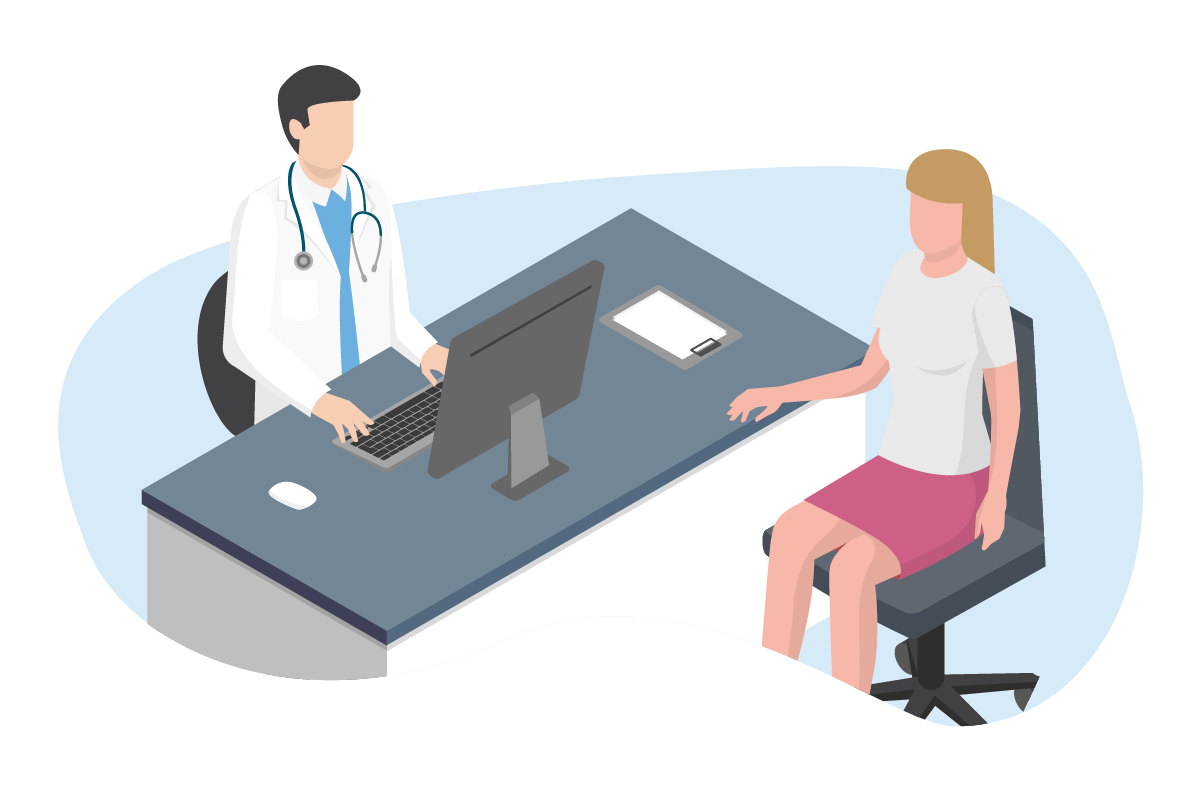
On the PC application
Measurements conducted on the desktop application of Vitacam update on the screen every 15 seconds, making it possible to track a patient’s vital parameters over a period of minutes. Results are time stamped, colour-coded and displayed both in a list view as well as a trend. In addition, the software automatically calculates the median value of all results and can be minimized to a practical widget format when performing other tasks.

Written to patient record
Results from Vitacam can be automatically transferred from our server to an electronic patient record system, through FIHR or HL7 messaging. Vitacam does not need to read any data from a patient record system. For more information, contact us directly.
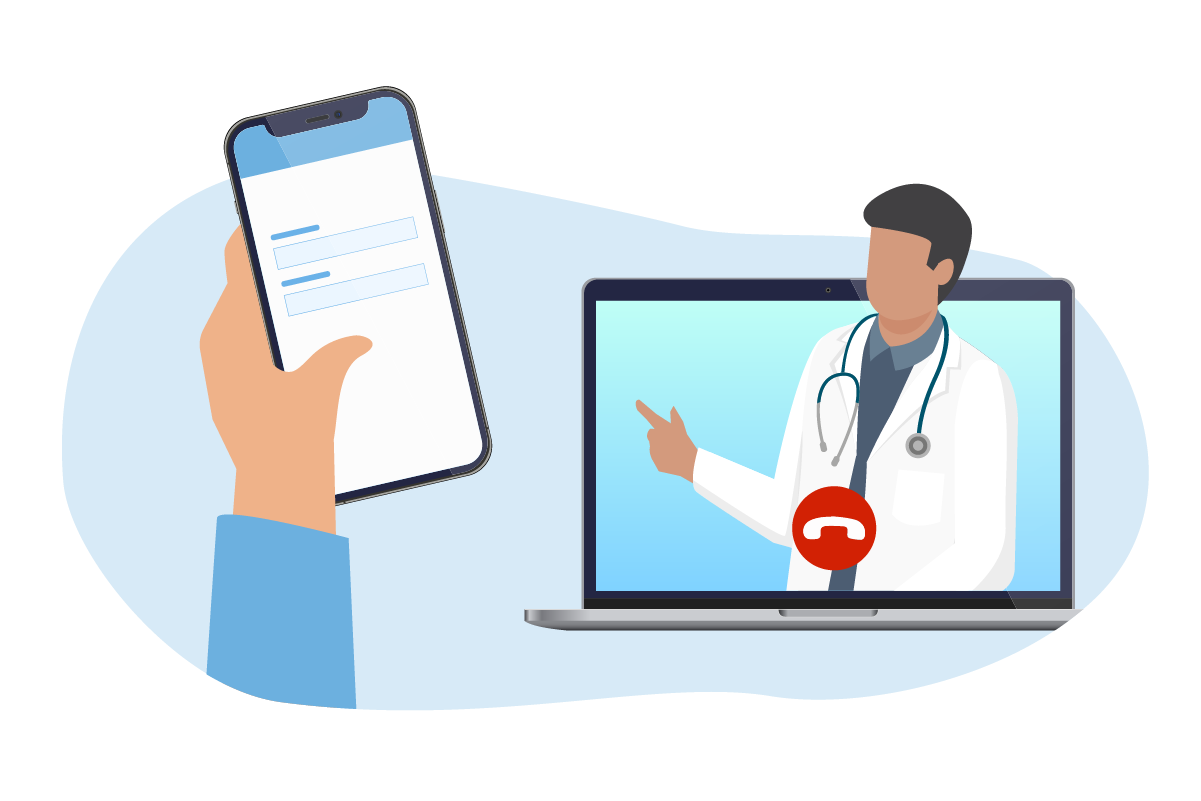
Integrated to another solution
Online doctor’s appointments, video monitoring of ward patients, in-app measurements for existing smartphone applications – video measurements have the potential for a lot. Vitacam measurements can also be utilized as an SDK component, strengthening a pre-existing application.
Don’t just take our word for it
Try Vitacam Clinic on Google Play & App Store
The Vitacam Clinic mobile application is available on both Google Play and Apple App Store to approved testers. Get in touch with us to gain access to our remote measurements and find out what Vitacam can do for your organization.
